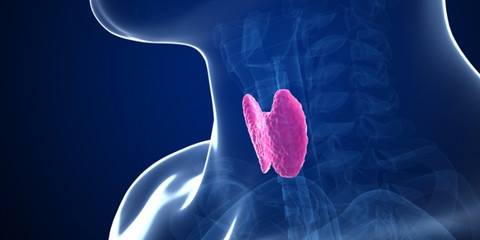Do you suffer muscle cramping during training or events? There may be more to it than you think!
Thank you to Rick from the Sunshine Coast for his question “I suffer massively from bad cramping, in my feet and toes when I swim, and calves, quads and hamstrings when I run or ride. I have tried Saltsticks when competing with some effect, increasing magnesium, and also trying pickle juice”.
What makes one athlete suffer severely with muscle cramping, while another athlete has no trouble at all? The biochemical makeup and electrolyte exchange going on internally is very different for each individual, it is these differences that I would like to examine here.
Cramping during exertion can be caused by a number of reasons, with numerous treatment methods on offer, some of which have no known reason as to why it works. From a nutritional point of view, not only the electrolytes magnesium, calcium, potassium, and sodium are necessary in adequate levels, but vitamins such as B6, Biotin, and Vitamin E are just as essential. Sports drinks designed to prevent muscle cramping may not be enough if you are missing these key nutrients from your diet.
Hyponatremia is caused by overhydration, resulting in low sodium concentration in the blood which causes symptoms such as nausea and vomiting, headache, confusion, fatigue, muscle weakness, spasms, or cramps, decreased consciousness or coma. This is often caused by intake of too much water, though it can also be exercise induced, caused by loss of sodium through sweat.
Hyponatremia can also be caused by fluid retention, regardless of how much water you may or may not have consumed, and will cause the same symptoms. This is where your individual physiology can make you more prone to cramping than another athlete. In practice, I have found this to be the case most often in patients who are suffering with allergic responses to either food or chemicals. Patients tested were found to have excess water inside their cells, with dehydration outside of the cells. This is a biochemical response by the immune system causing hyponatremia. The body functions with the correct balance of electrolytes when the cellular water is the same inside and outside of the cell. When you create an imbalance, with excess intracellular water, the electrolytes cannot then function or be absorbed correctly as the electrolytes move with the water, regardless of the supplements you might take to try to balance them. This in all cases changes your interstitial pH, which can cause acidity or alkalinity within the lymphatic area of your body surrounding all of your skeletal muscles, which may also contribute to cramping.
Pickle juice has been said to work within 90 seconds, though this cannot be due to the sodium as it does not absorb that quickly. However, the acidity has the ability to have an immediate alkalising effect on the lymphatic system rapidly, which is more likely the reason for its benefits. Just as a lemon is acidic, it is actually alkalising to your body.
If you are suffering with more severe cramping than the average athlete, it would be wise to investigate further if you have underlying biochemical imbalances causing hyponatremia, such as possible food intolerances or allergies. If you would like further information regarding testing to measure your risk of hyponatremia, or food allergy testing, please contact Advanced Wellness & Behavioural Centre of 5443 1987. Food allergy testing is available in a number of ways, though some are more accurate than others. It is crucial that you get accurate testing.
In the meantime, Ironman triathlete’s who have successfully completed up to 8 events without cramping, suggest beginning hydration 2-3 days prior to the event using products such as Nuun, 1 tablet to 500ml of water, at a usual amount of 2-3 litres per day. Avoid all caffeine or diuretic type drinks within this time period.




